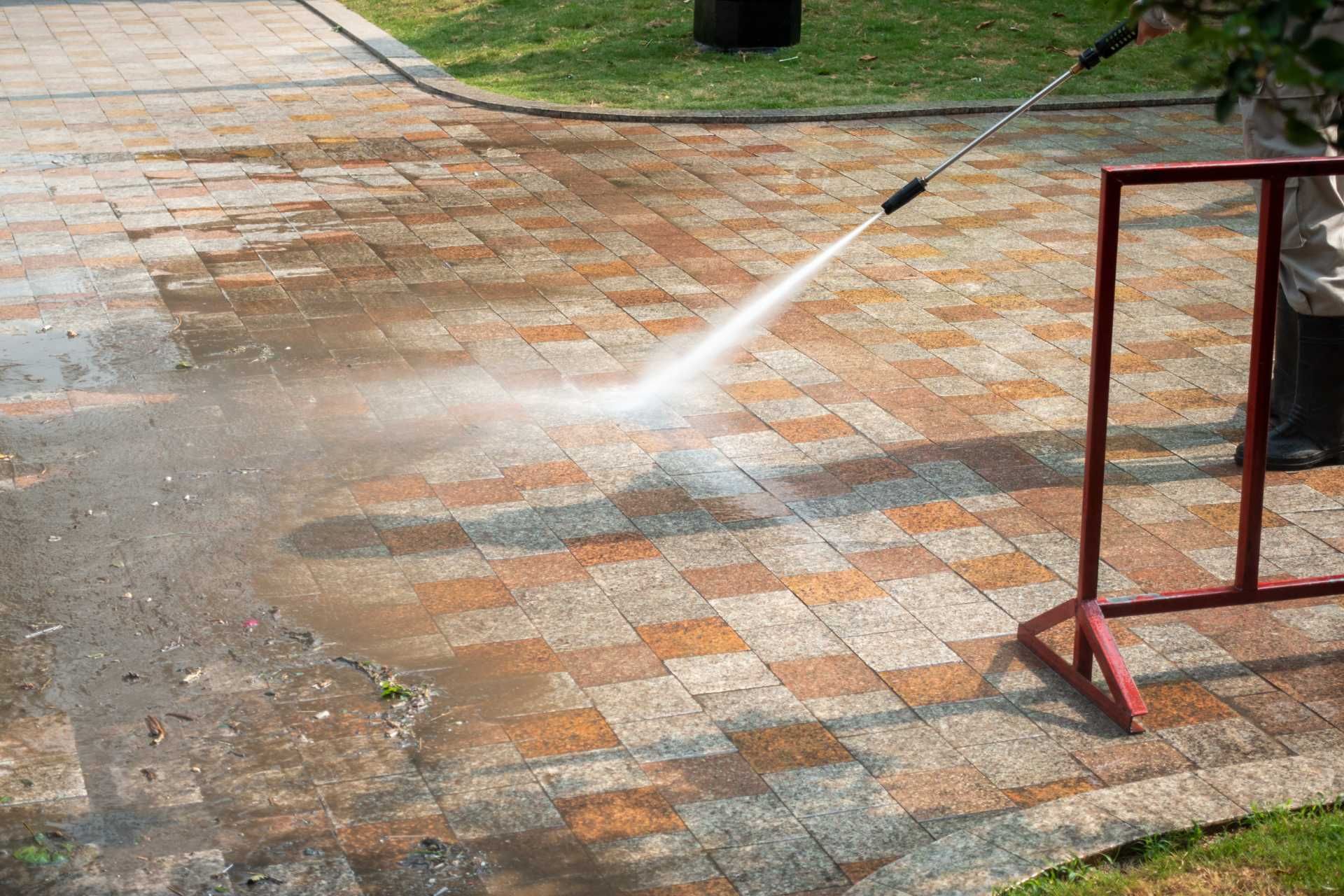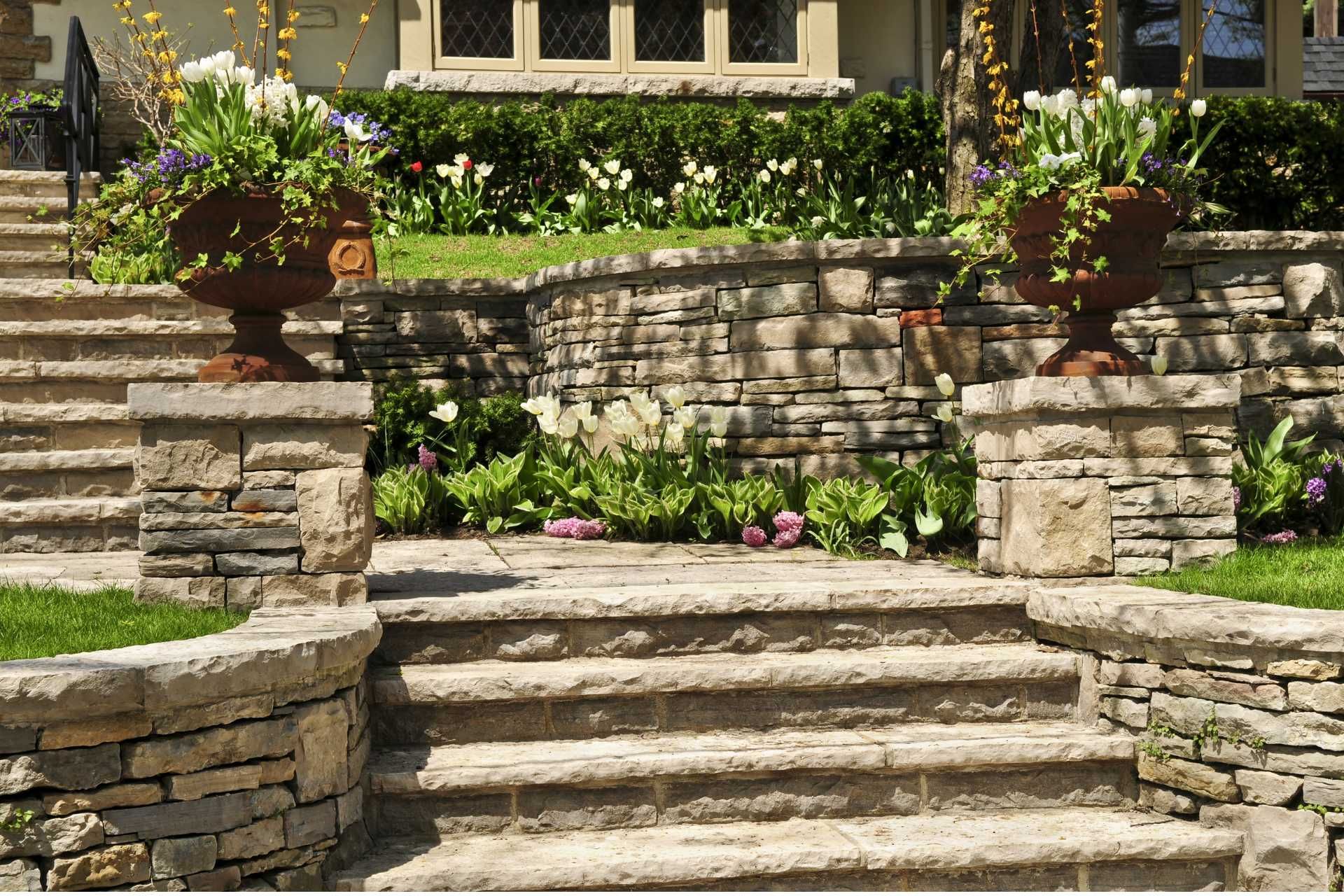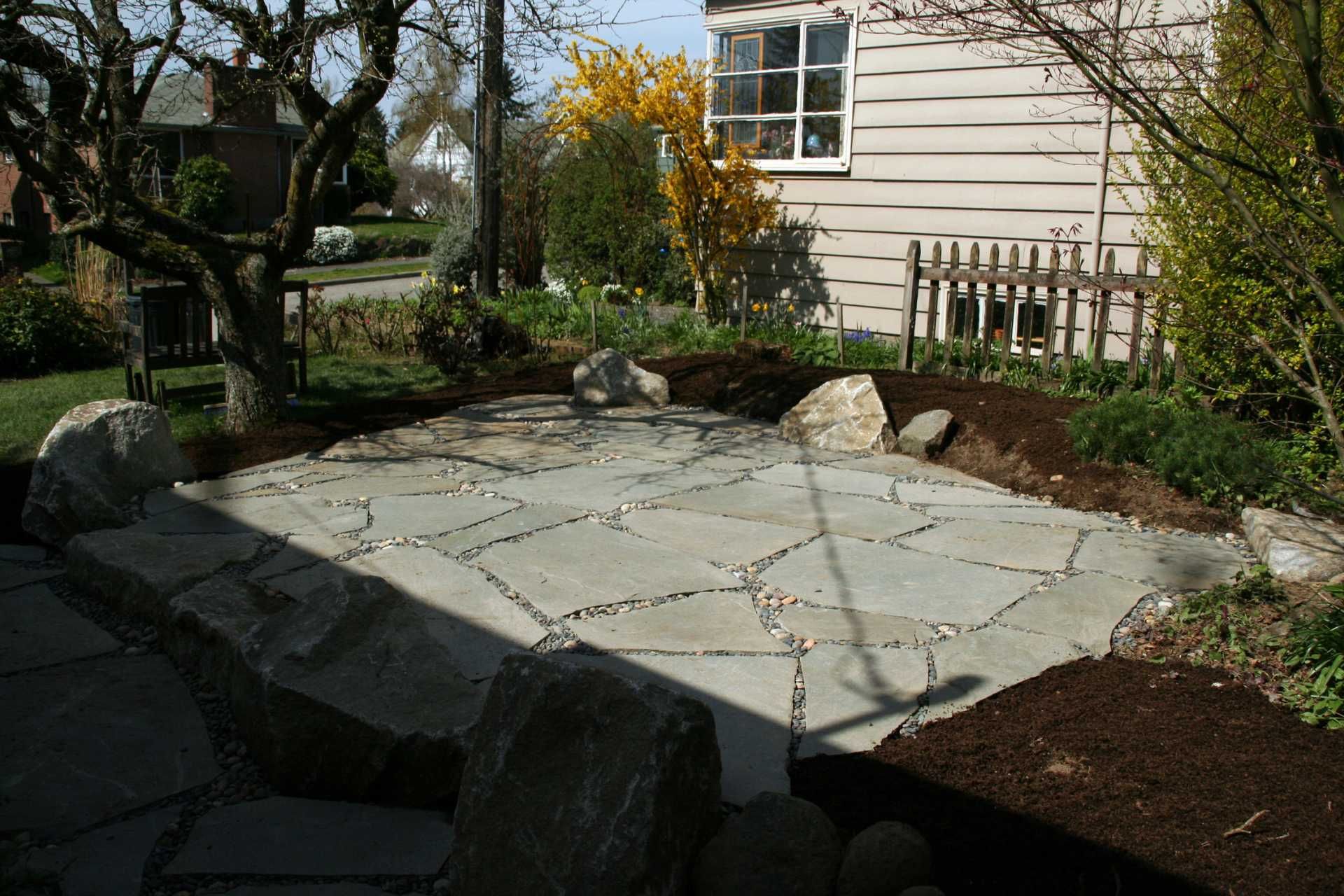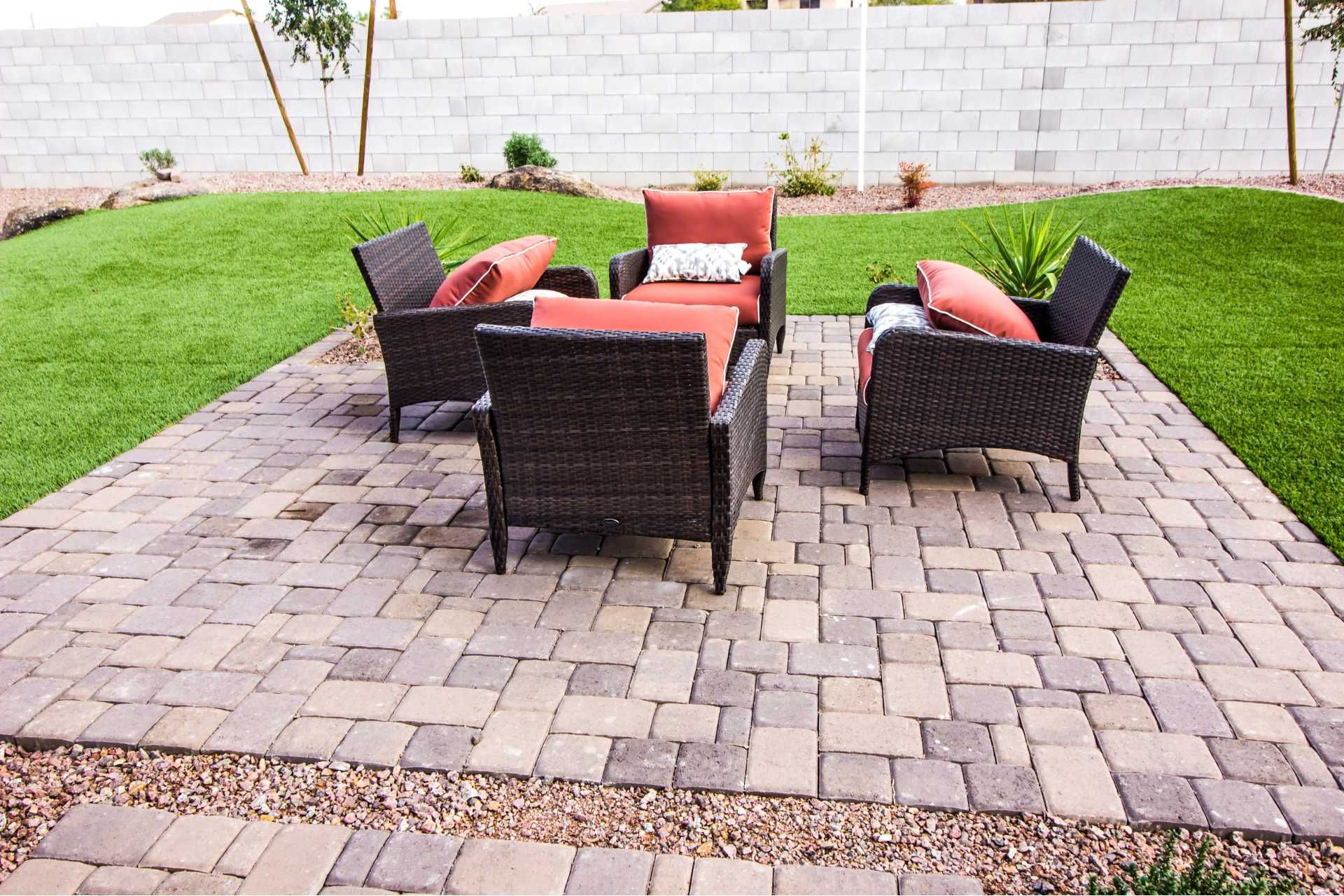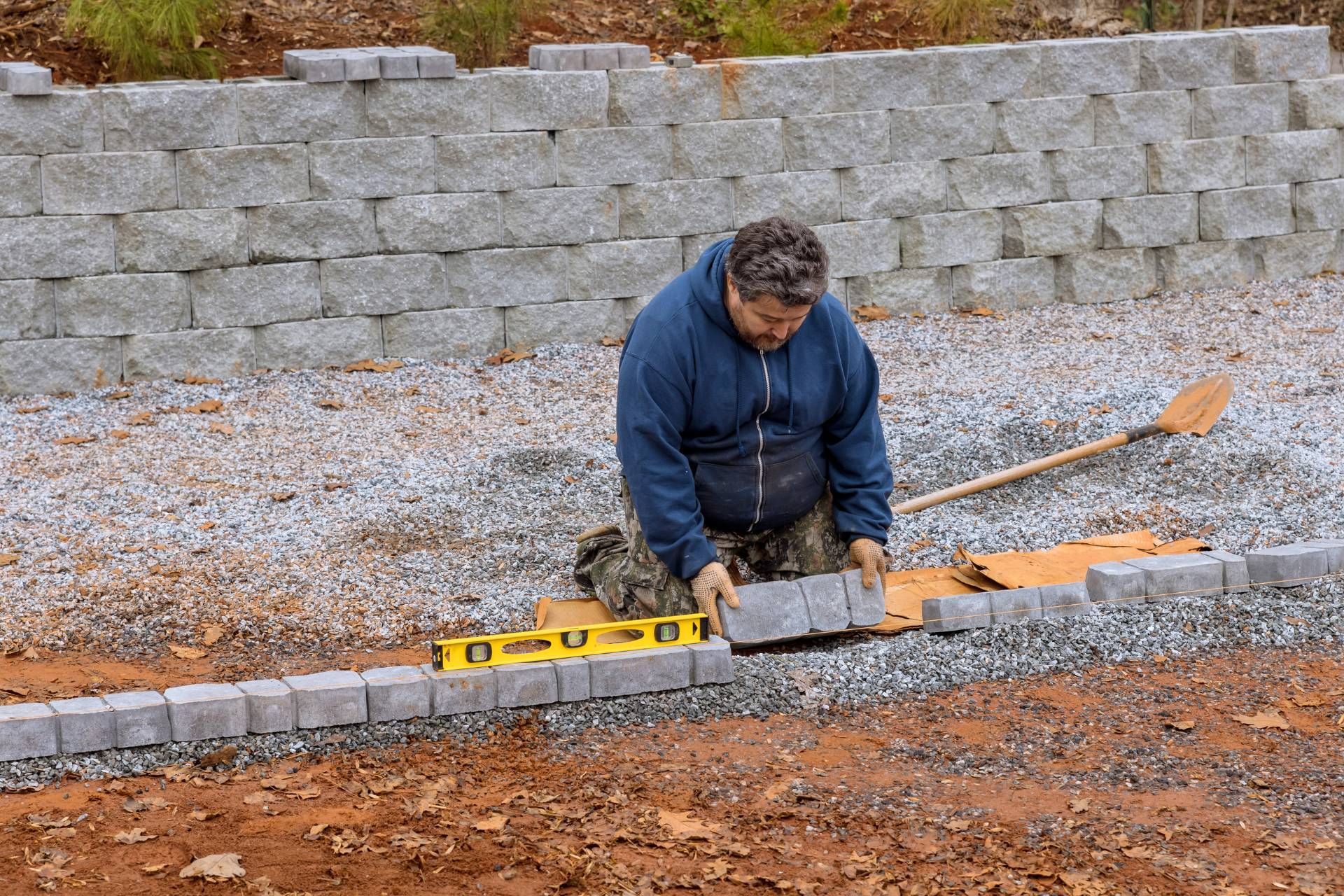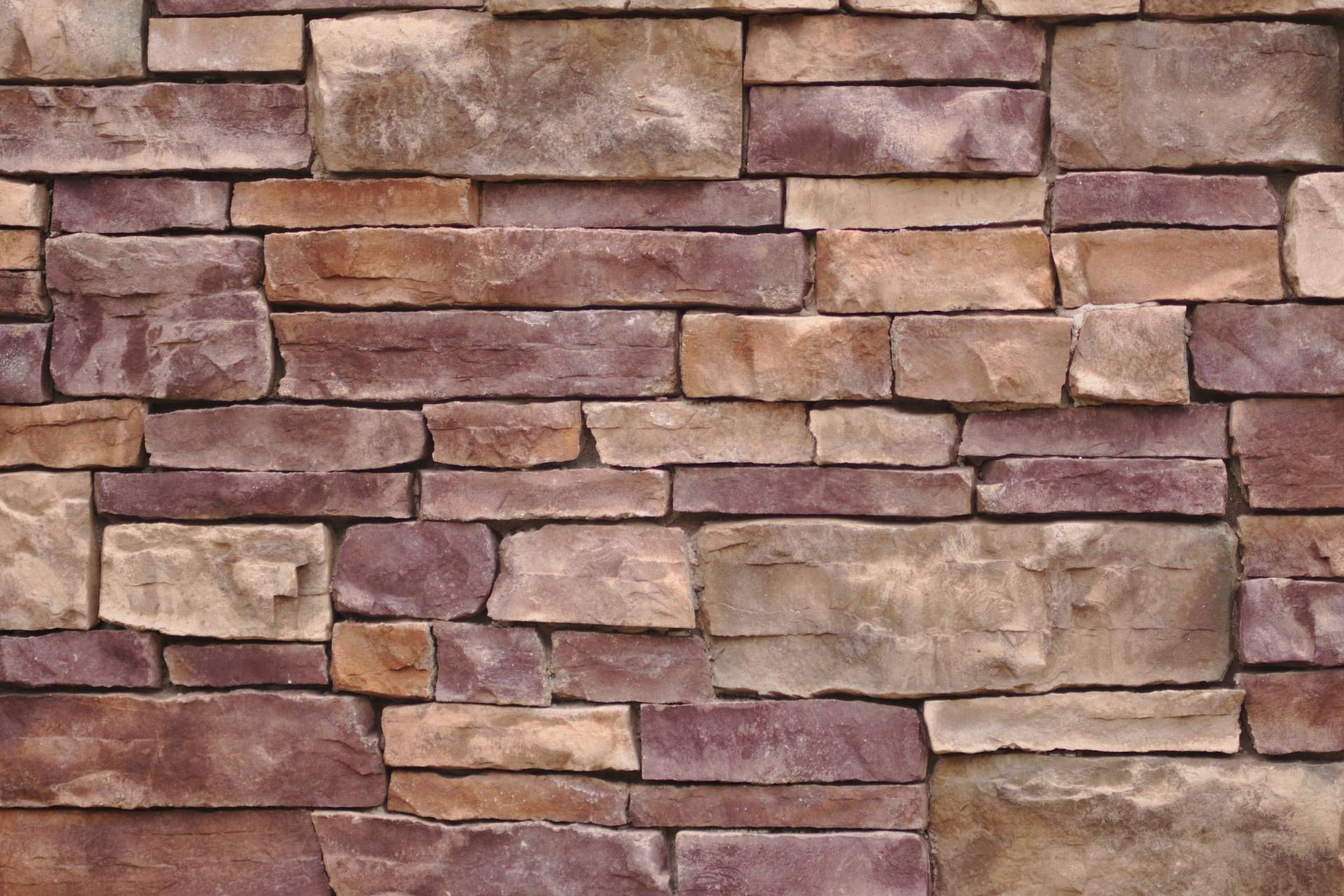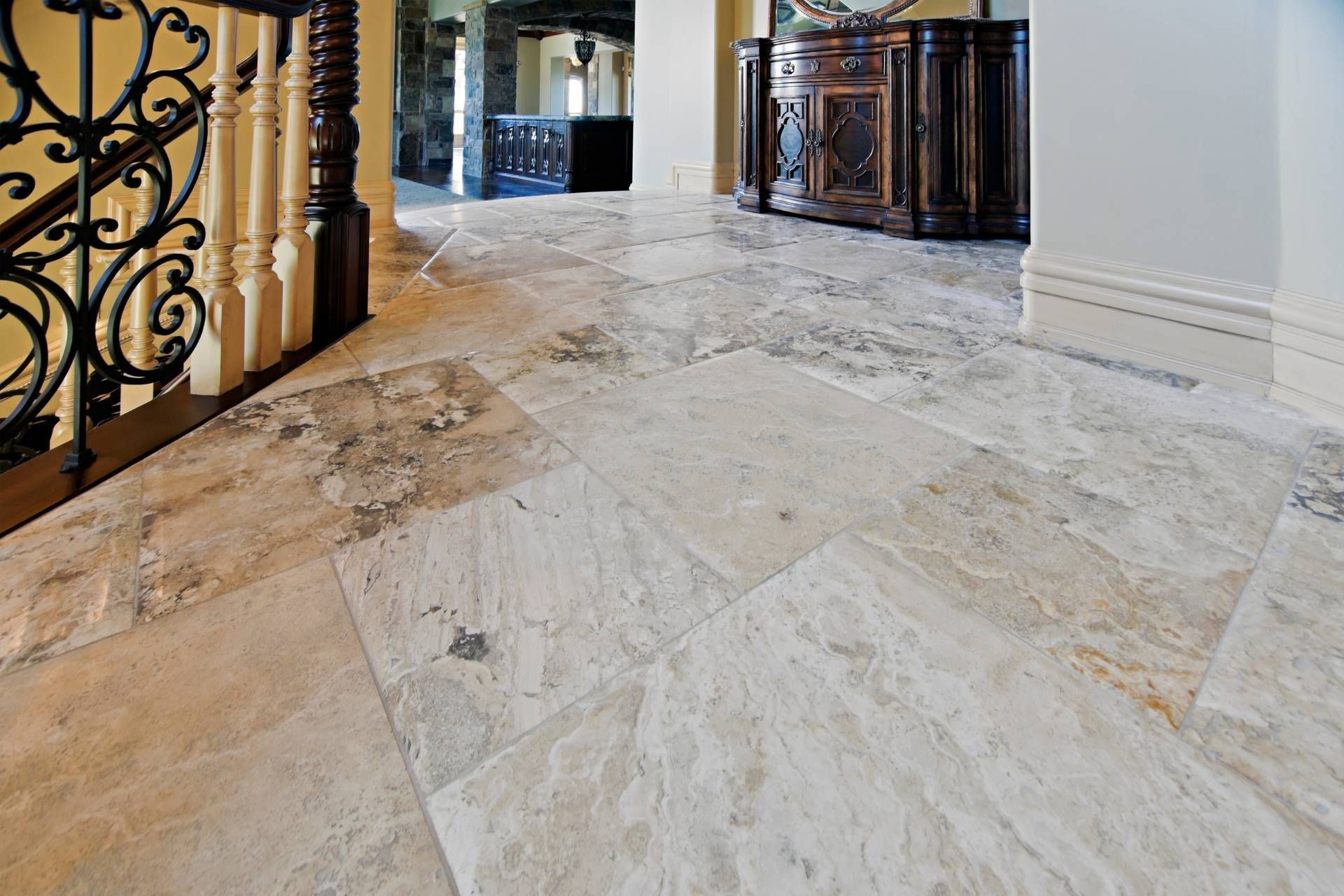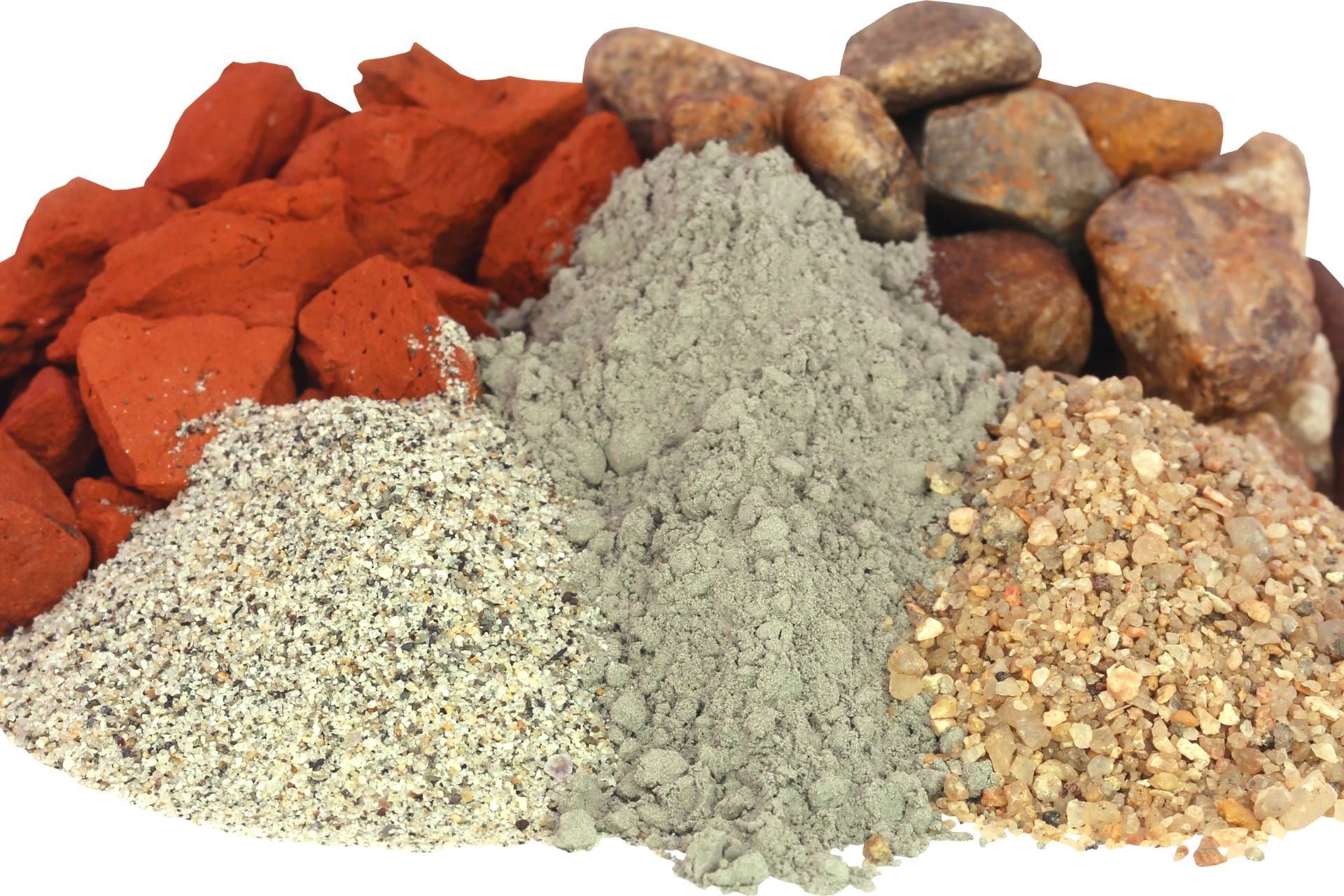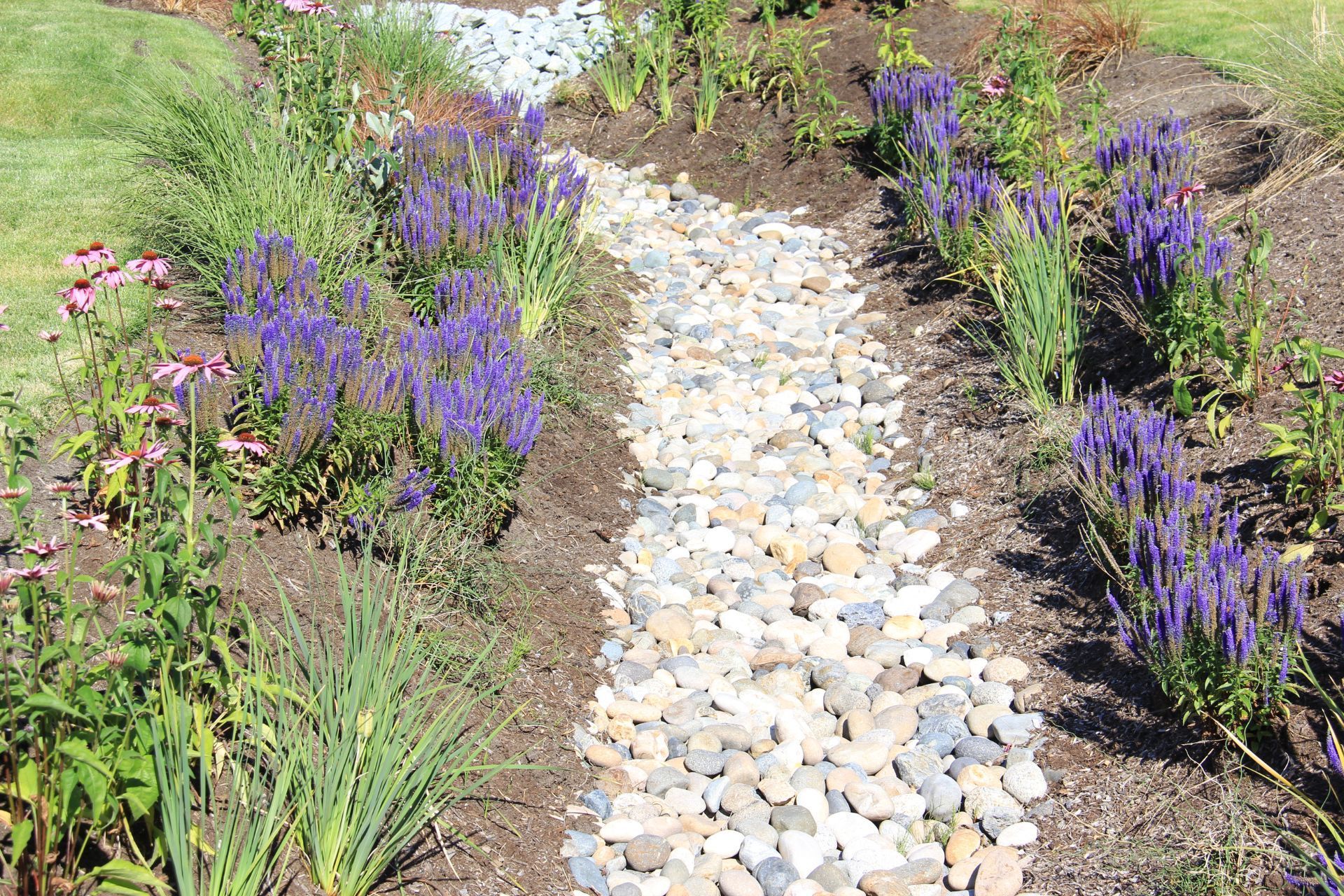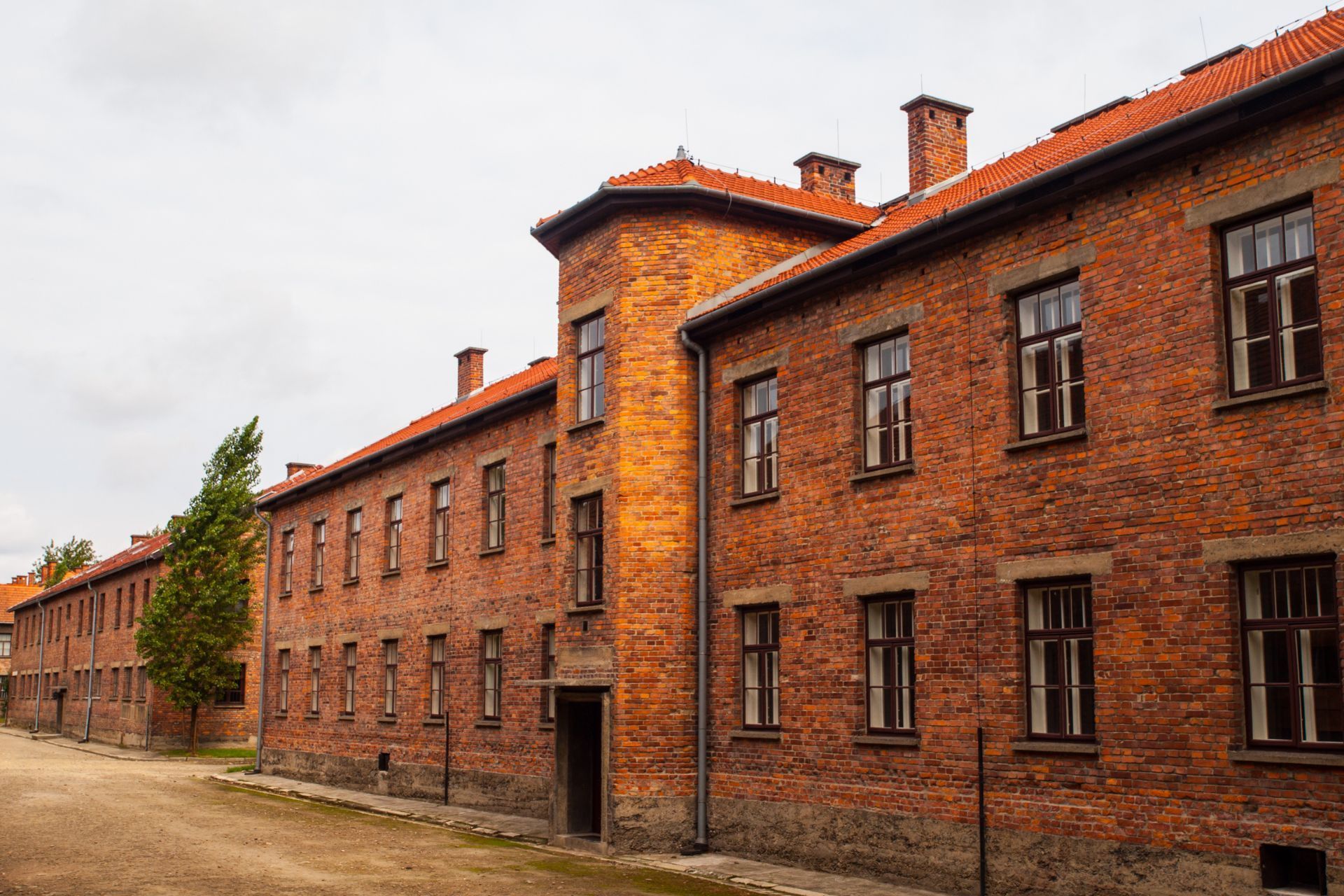What Is House Wrap Used For?
Have you ever wondered if house wrap is just an extra layer of material or if it serves a more critical purpose in home construction?
House wrap is a crucial building material that is used to protect homes from moisture and improve their energy efficiency. House wrap is typically made from breathable materials such as polyethylene or Tyvek, which allow water vapor to escape while preventing liquid water from entering the wall system.
Before you decide to skip this step in your building project, it's crucial to understand the vital role that house wrap plays in protecting your home.
Let's have a clearer picture of why house wrap is an essential component for any well-built home.
What Exactly is a House Wrap?
House wrap, also known as building wrap or weather-resistant barrier, is a material that is installed on the exterior walls of a home before the siding is applied. Its primary function is to protect the structure from moisture intrusion and air leaks, which can lead to mold growth, rot, and energy loss. House wrap is typically made of a synthetic material such as polyethylene or polypropylene, and is available in a variety of brands and grades.
Importance of House Wrap
House wrap is a crucial component of any home construction project. This protective barrier is typically installed on the exterior walls of a building before the installation of siding or brick. While it may seem like a small detail, house wrap plays a significant role in ensuring the longevity and energy efficiency of a building.
One of the primary functions of house wrap is to act as a moisture barrier. It prevents water from seeping into the walls of a building, which can lead to mold growth, rotting wood, and other structural damage. By keeping moisture out, house wrap helps to preserve the integrity of the building and protect it from costly repairs down the line.
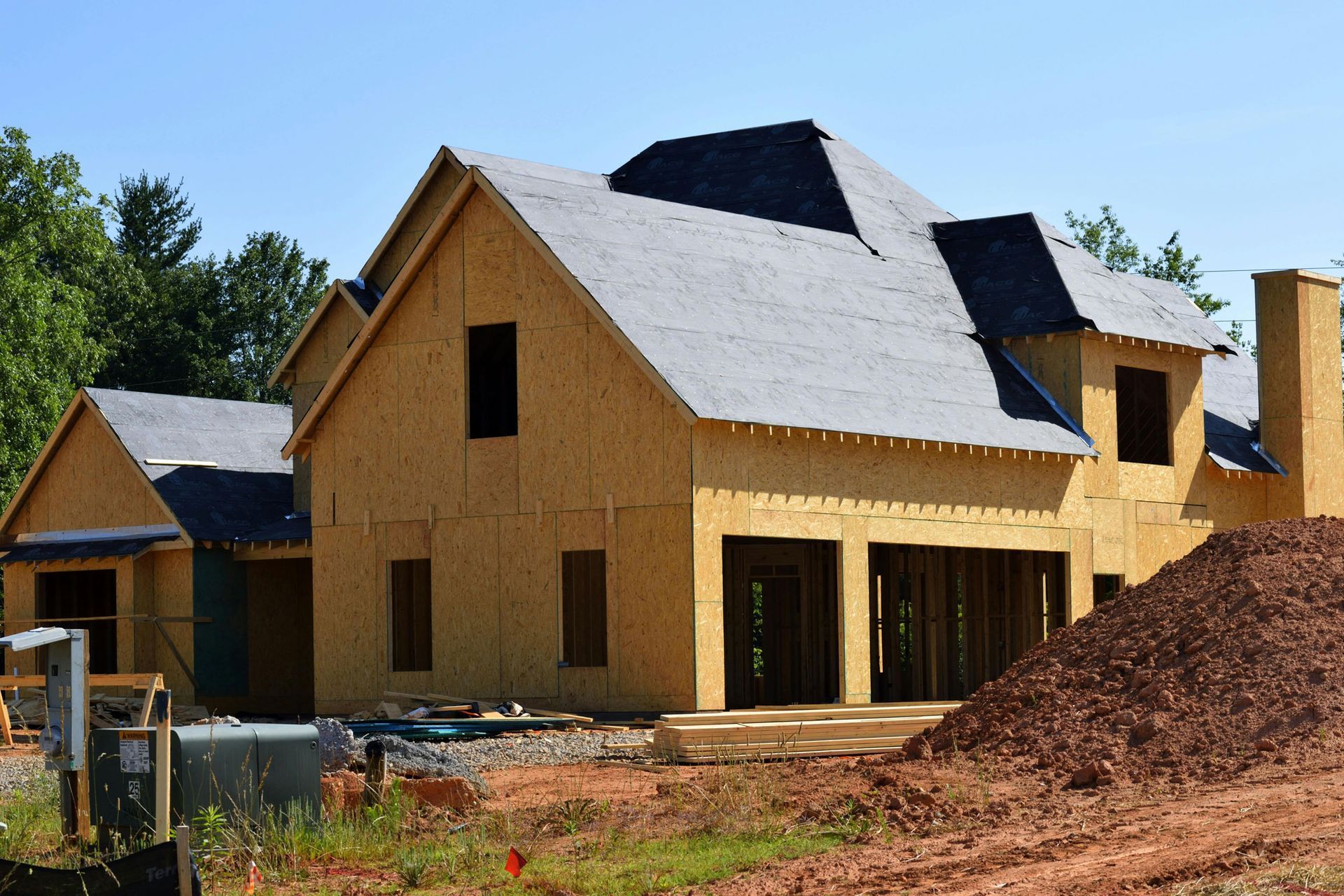
House wrap also helps to improve the energy efficiency of a building. By sealing off any air leaks, house wrap helps to prevent drafts and keep conditioned air inside the building. This can lead to lower energy bills and a more comfortable living environment for homeowners.
When properly installed, house wrap can also improve the overall air quality in your home by preventing outside pollutants from entering through gaps and cracks in the walls. This can lead to a healthier living environment for you and your family. In conclusion, the importance of house wrap can't be overstated when it comes to protecting your home and improving its energy efficiency.
Benefits of Using House Wrap
One of the primary benefits of using house wrap is its ability to prevent water infiltration. Water can easily seep into the walls of a home through small cracks and gaps in the exterior siding, leading to moisture damage, mold growth, and rot. House wrap creates a barrier that repels water, keeping it out of the walls and protecting the structural integrity of your home.
House wrap also helps to reduce air leakage. Air leaks can occur around windows, doors, and other openings in the exterior walls of a home, leading to energy loss and higher utility bills. By installing house wrap, you can create a tight seal around your home, preventing warm or cool air from escaping and reducing the strain on your heating and cooling systems.
House wrap can improve the overall energy efficiency of your home. By preventing air leakage and reducing heat transfer, house wrap helps to maintain a more consistent indoor temperature, reducing the need for constant heating or cooling. This can lead to lower energy bills and a more comfortable living environment for you and your family.
Another benefit of using house wrap is its ability to improve the longevity of your exterior siding. By creating a protective barrier against moisture and air infiltration, house wrap helps to reduce the risk of damage to your siding, prolonging its lifespan and reducing the need for repairs or replacement.
How House Wrap Enhances Home Efficiency
House wrap acts as a barrier against moisture. Moisture can be a huge problem for homes, causing mold, mildew, and rot. By installing house wrap, you are creating a barrier that prevents water from getting inside the walls of your home. This not only protects the structure of the home but also helps to keep the interior dry and comfortable.
House wrap helps to reduce air infiltration. Air leaks in a home can lead to drafts, uneven temperatures, and higher energy bills. By sealing up the exterior of the home with house wrap, you are creating a tighter envelope that prevents warm air from escaping in the winter and cool air from escaping in the summer. This means that your HVAC system doesn't have to work as hard to maintain a comfortable temperature, leading to lower energy costs and a more efficient home overall.
House wrap can also act as a thermal barrier, helping to regulate the temperature inside the home. By reducing heat transfer through the exterior walls, house wrap can help to keep the interior of the home more comfortable year-round. This is particularly important in areas with extreme weather conditions, where maintaining a consistent temperature can be a challenge.
Where are the House Wraps Used?
Exterior Walls
One of the most common places where house wraps are used is on exterior walls. House wraps are typically installed underneath siding materials, such as vinyl or fiber cement, to provide an extra barrier against wind-driven rain, snow and other forms of moisture. By preventing water intrusion, house wraps help protect the integrity of the building envelope and reduce the risk of mold, rot, and other moisture-related issues.
Roofing
In addition to exterior walls, house wraps can also be used on roofs to enhance water resistance and air tightness. Roof underlayments, which are similar to house wraps but specifically designed for roofing applications, are often installed underneath shingles or other roofing materials to prevent water infiltration and improve overall durability. House wraps can also be used as a secondary layer of protection on roof decks or in areas prone to leaks, such as around chimneys or skylights.
Windows and Doors
House wraps are an excellent choice for improving the energy efficiency of windows and doors. By installing house wraps around window and door openings, gaps and cracks can be sealed to prevent air leakage and improve insulation. This helps to maintain a more consistent indoor temperature, reduce energy costs, and enhance overall comfort levels. House wraps can also help prevent water infiltration around windows and doors, which can lead to rot and structural damage over time.
Foundation
Another important area where house wraps are commonly used is on foundations. By wrapping the foundation walls with a moisture-resistant material, such as a house wrap or a specialized drainage mat, water intrusion can be minimized and the risk of basement flooding can be reduced. House wraps also help create a barrier against pests and insects, improving the overall durability and longevity of the foundation.
Where to Buy House Wrap
At NH Thinstone, we offer high-quality house wrap that is perfect for residential construction projects. Our house wrap is made of a polypropylene fabric that is water-resistant, yet breathable, allowing moisture to escape from the interior of the house while preventing water from penetrating the exterior. This helps to prevent mold and mildew growth, as well as protect the structural integrity of the house.
Invest in high-quality house wrap from NH Thinstone and rest easy knowing that your house is well-protected against the elements. Contact us today to learn more about our house wrap products and how they can benefit your construction project.
NH Thinstone
760 NH-16
Ossipee, NH 03864
CALL US
Phone: (603) 837-6685
EMAIL US
Email: ordersnht@gmail.com
HOURS
- Monday
- -
- Tuesday
- -
- Wednesday
- -
- Thursday
- -
- Friday
- -
- Saturday
- Appointment Only
- Sunday
- Appointment Only
Copyright © 2023 NH Thinstone, All Rights Reserved.

